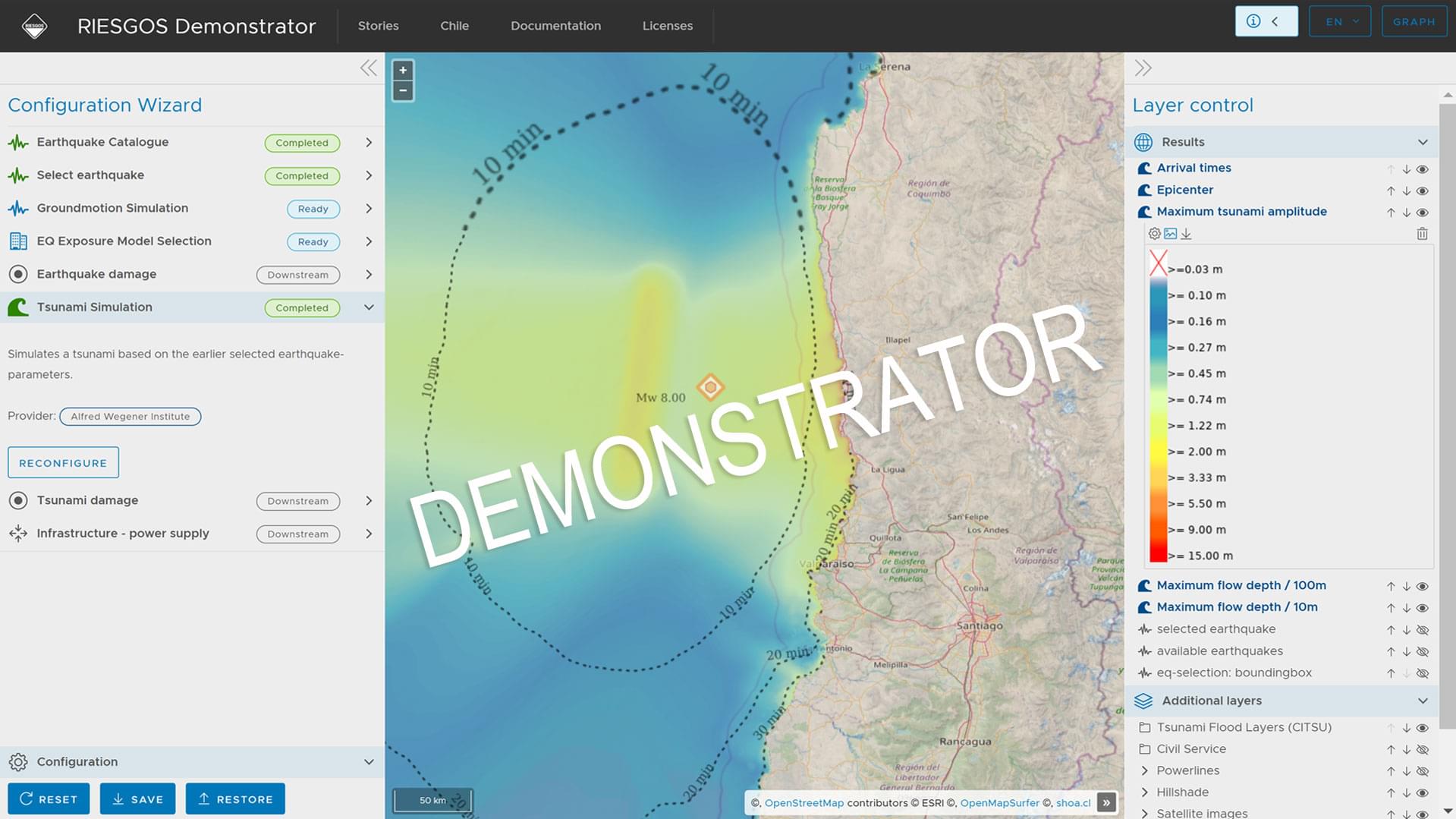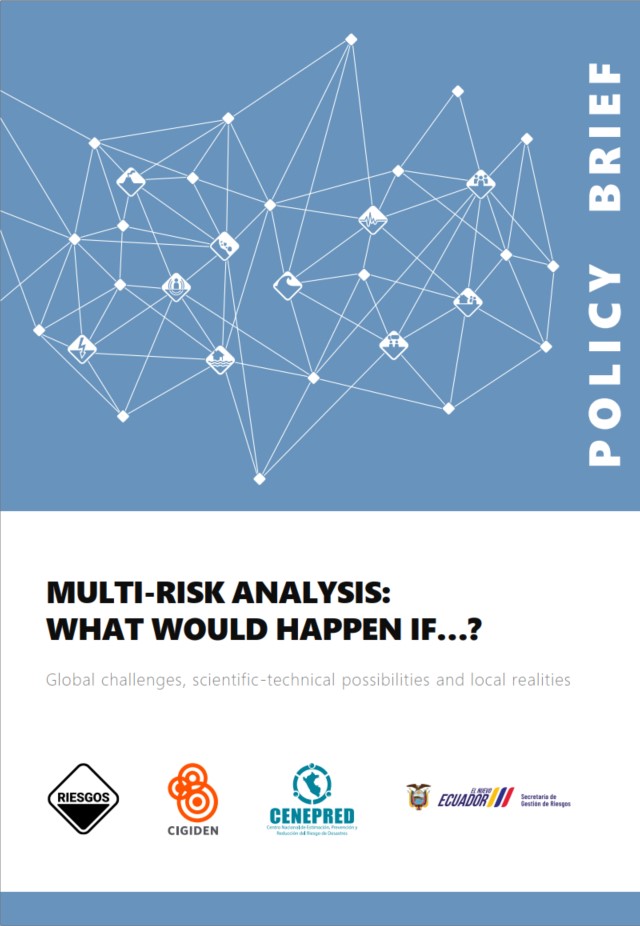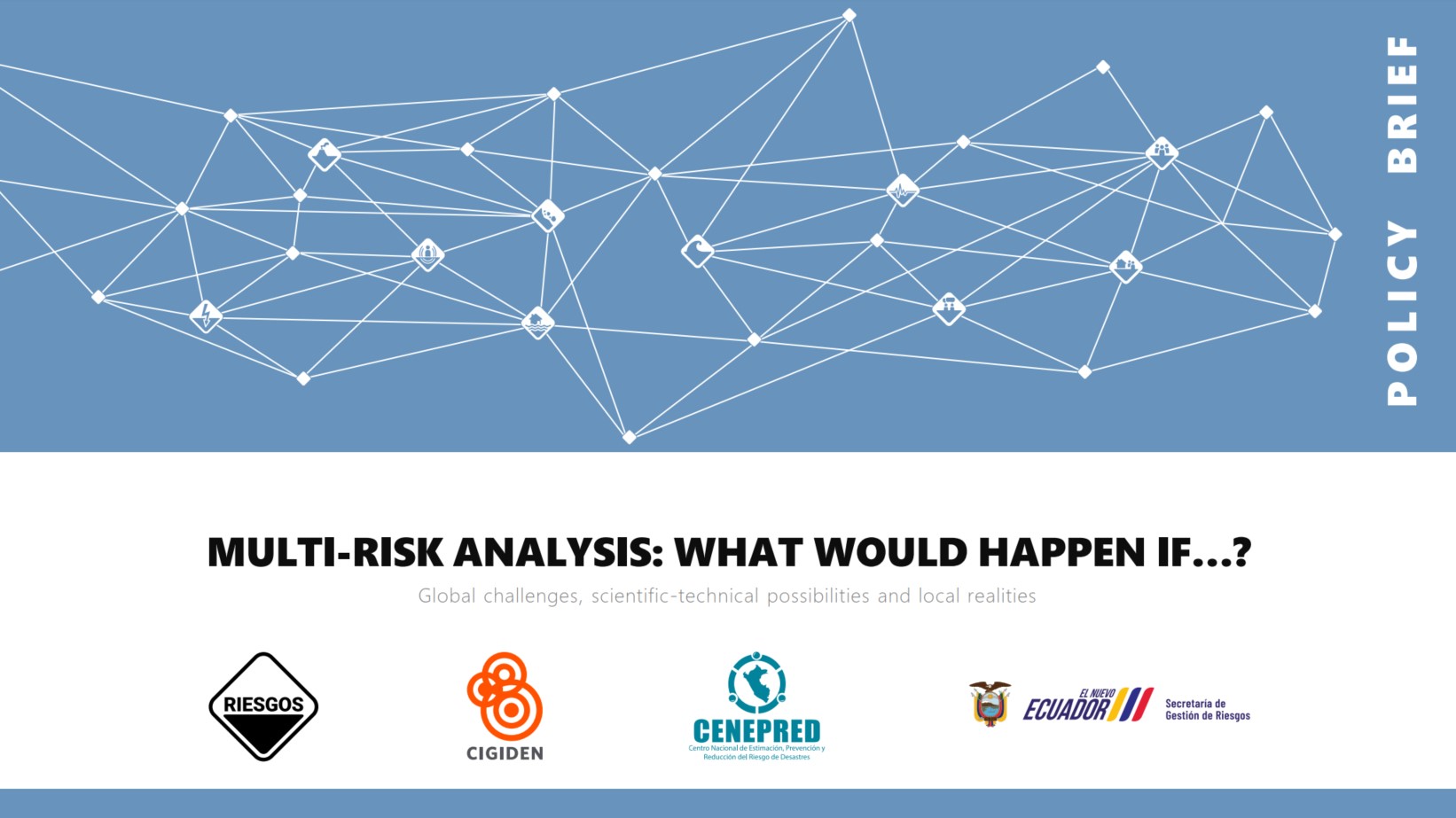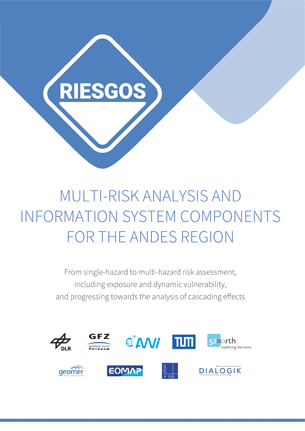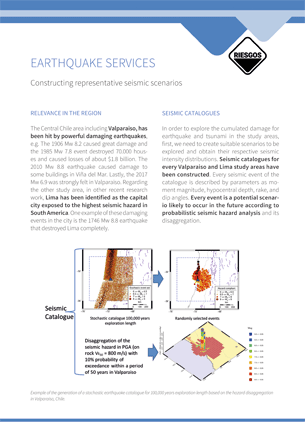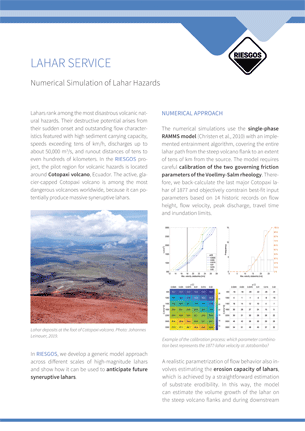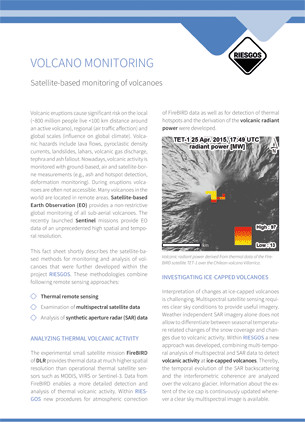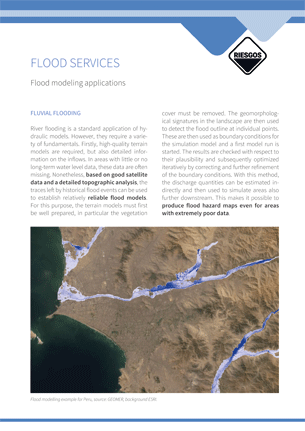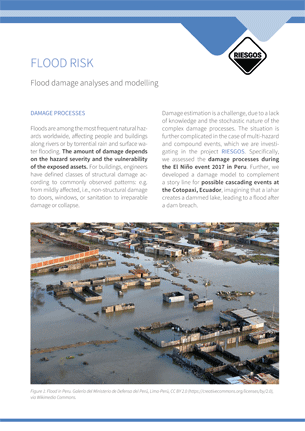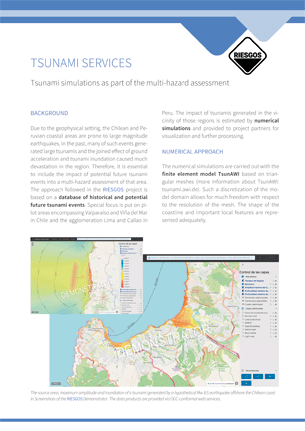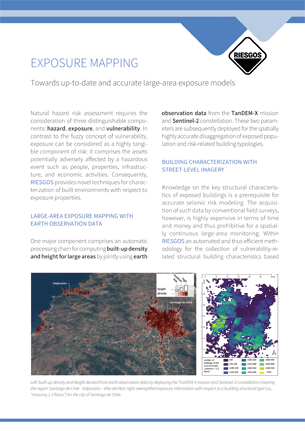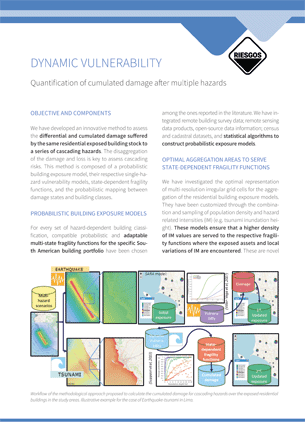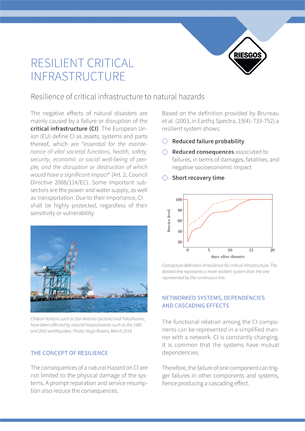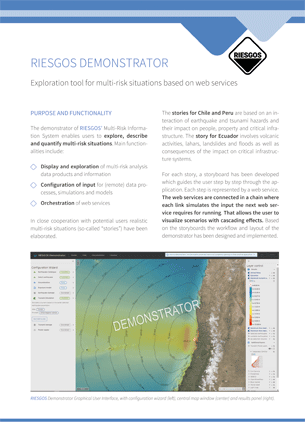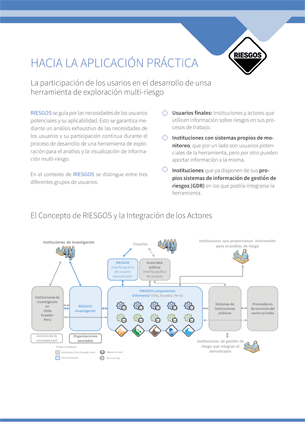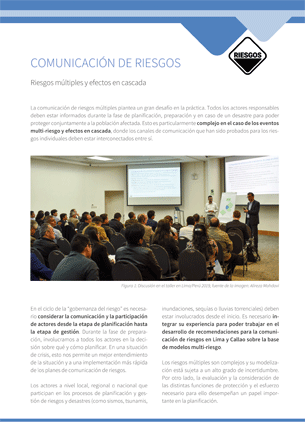Assessing risks more accurately
Increasing numbers of people worldwide are being exposed to natural hazards, particularly in densely populated cities and conurbations. Effective prevention and risk management can save lives. Hazards are rarely isolated: If an earthquake triggers a tsunami, this in turn can generate further environmental disasters and disruptions. Torrential rain can cause landslides and lead to rivers bursting their banks, resulting in flooding. These chain reactions can compound a disaster and quickly overwhelm victims and rescue workers. Information systems can help planners and emergency services to pre-emptively draw up multi-risk scenarios and to take targeted precautions.
The project RIESGOS 2.0 builds on the achievements of its predecessor, RIESGOS (Spanish for “risks”). RIESGOS designed and demonstrated a new method for modelling and simulating complex multi-risk situations, using the Andes as an example region. Over the period of three years, central research questions are addressed to substantially expand the approach and strengthen the potential for practical implementation. To achieve the project goal, the team works in the three closely interlinked areas of research, development and application.
RIESGOS 2.0 will be used to analyse potential disaster scenarios based on particularly endangered pilot regions in Chile, Ecuador and Peru. The project utilises techniques from geophysics, hydrology, geology, geography, geostatistics and remote sensing, as well as from existing initiatives and services employed by South American institutions.
The results from the research are transferred as web services into a demonstrator for a multi-risk information system. The demonstrator is based on a modular and scalable concept and is designed in a decentralized manner. A web platform allows users to simulate and model how various natural hazards, such as earthquakes, landslides, volcanic eruptions, floods and tsunamis, would progress and interact. It is also able to consider the impacts on critical infrastructure such as power grids.
Potential users, such as emergency services, planners and relief organisations, should be able to simulate and assess different future scenarios.
Towards a practical application
The development team is, in close collaboration with local and national stakeholders, optimizing the demonstrator platform for its practical applicability and supports the local institutions with trainings and workshops.
The developments are open source and compliant with international standards, allowing them to be integrated into existing system environments. This will provide the basis for a sustainable use of the results from the project in partner countries. In future, it will be possible to integrate elements of the platform into country-specific information systems and used, for example, for risk communication. Further potential applications are seen in risk prevention or precautionary planning. This opens new possibilities for authorities, for example, to better adapt land use planning to possible multi-risk scenarios and to increase risk awareness among the public.
The elaboration of possible perspectives for an economic exploitation of the project results is another important component. The SMEs involved in the project are collaborating with the German Chambers of Commerce Abroad (AHK) in Chile, Ecuador and Peru on cooperation and business models, etc.

